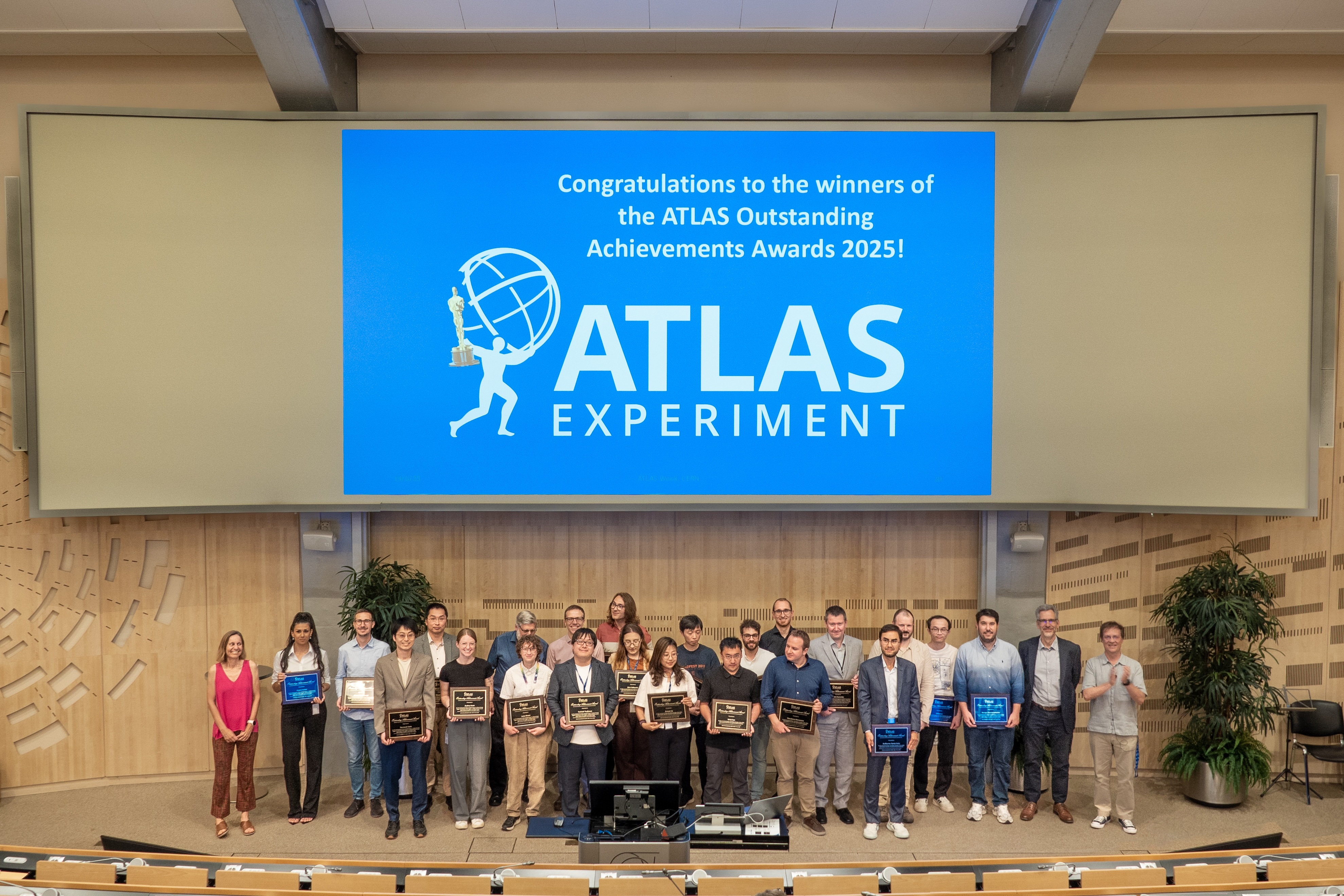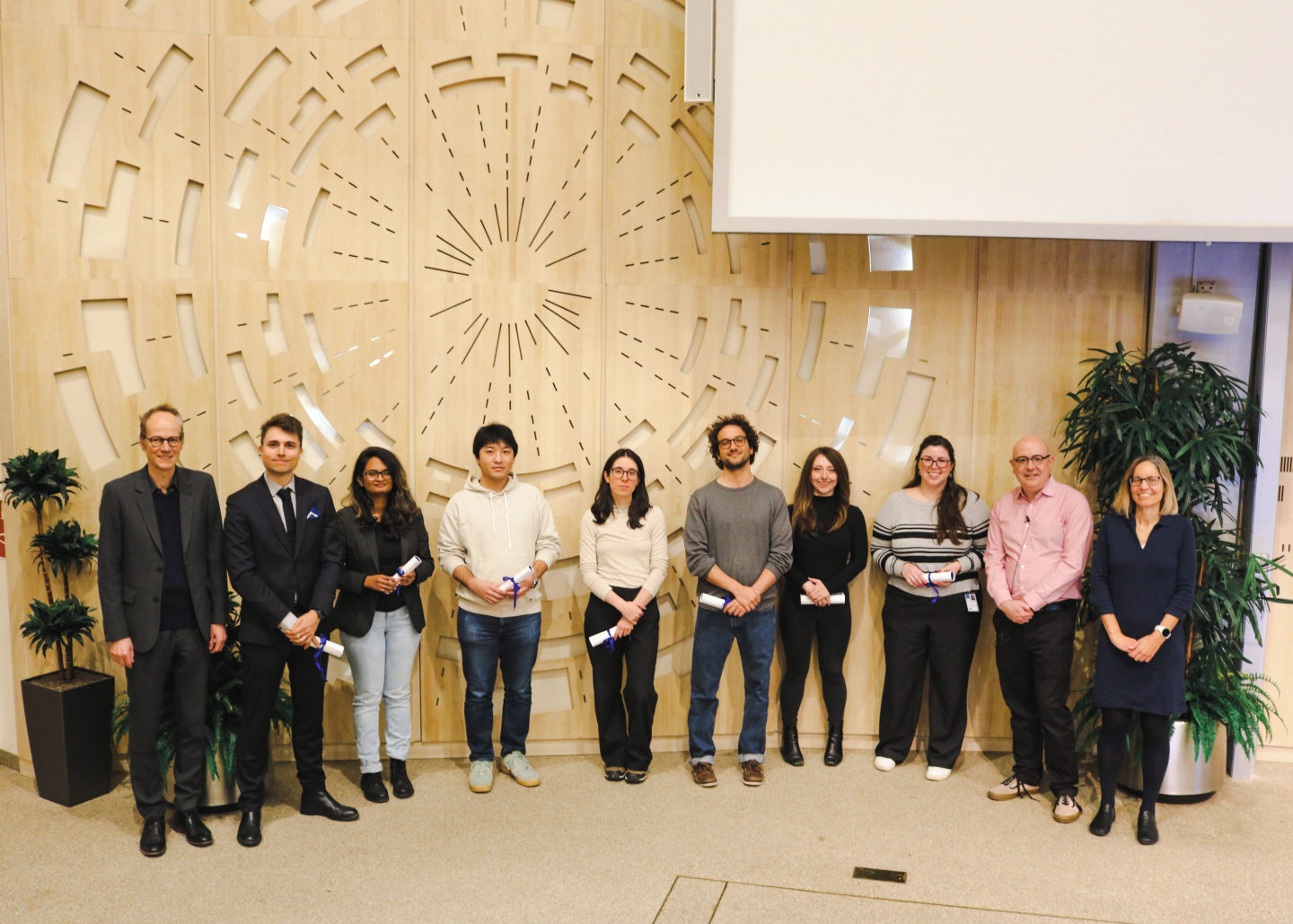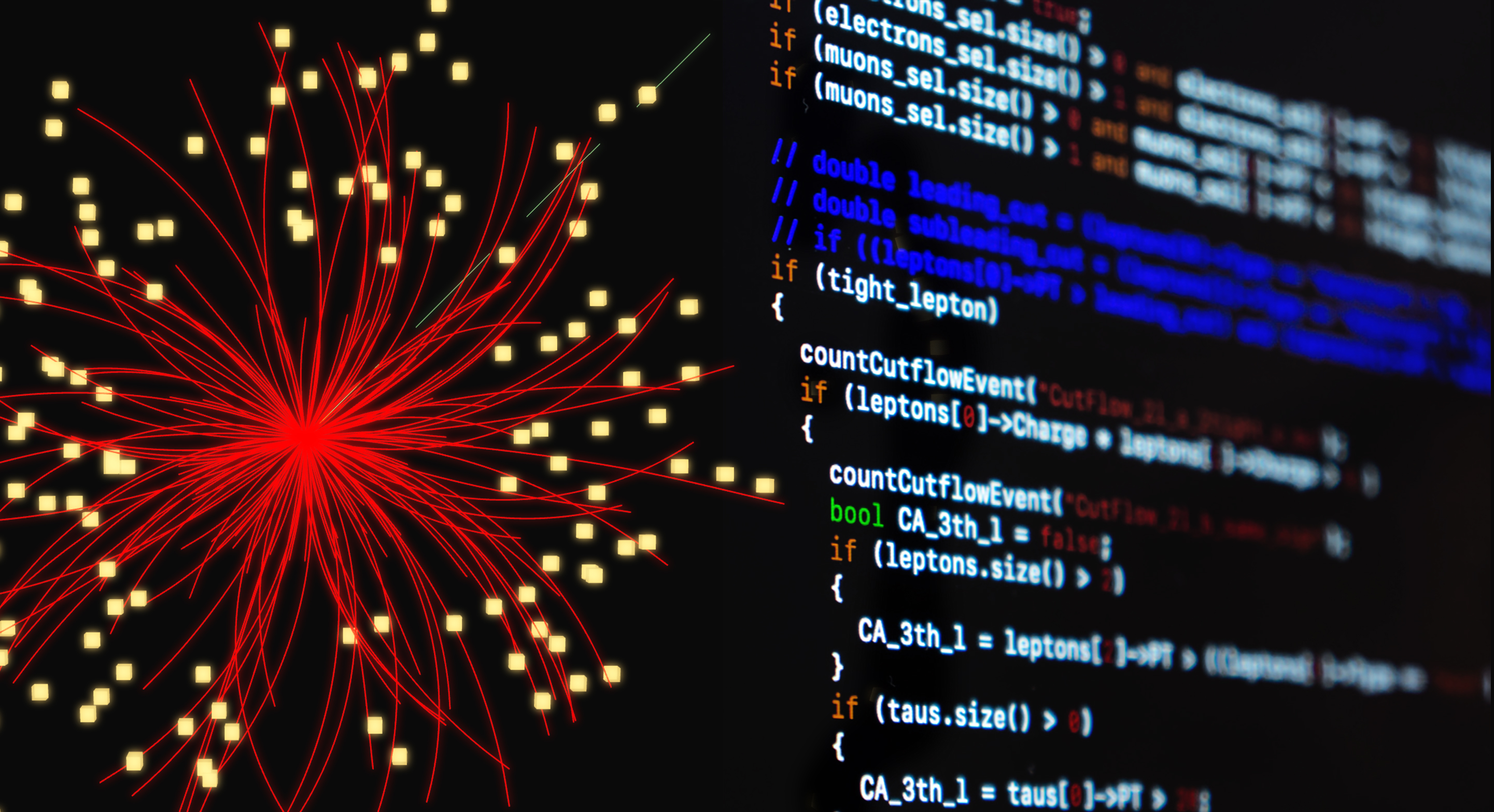ATLAS High Performance Computing Initiative Wins Award
11 December 2015 | By
The Chinese Academy of Sciences (CAS) has awarded members of the ATLAS computing community first prize for their novel use of supercomputer infrastructure. The award was presented to Eric Christian Lançon (ATLAS, IRFU CEA-Saclay laboratory), Andrej Filipcic (ATLAS, Jozef Stefan Institute, Ljubljana), Shan Jin (ATLAS, IHEP, Chinese Academy of Sciences), Gang Chen (IHEP, Chinese Academy of Sciences), Weidong Li (ATLAS, IHEP, Chinese Academy of Sciences), Wenjing Wu (ATLAS, IHEP, Chinese Academy of Sciences), Xiaofei Yan (ATLAS, IHEP, Chinese Academy of Sciences) and Haili Xiao (SCCAS, Chinese Academy of Sciences).

When it comes to large-scale computing, there are two schools of thought: you can take the distributed computing route carried out by the Worldwide LHC Computing Grid (WLCG), where tasks are shared across a vast network of computers around the world. Or there’s High Performance Computing (HPC), where hundreds of thousands of CPUs are joined together to act as a single, massive supercomputer. While these supercomputers may be extremely powerful, they are not always used to their fullest capacity. As they are built around the largest possible job they have to handle, they often have low ‘occupancy’.
"The idea was simple: we need CPUs to run simulations of the proton-proton collision events in our detector, and supercomputers have spare CPUs," explains Eric Christian Lançon, head of the ATLAS software and computing project. "In exchange, we can teach these systems how to process massive amounts of data. There was a common interest to share knowledge, building a bridge between the two worlds of computing."
The ATLAS computing team sought to use China’s unique, interconnected network of supercomputers to run ATLAS jobs. Traditionally, HPC sites are closed environments, not connected to the outside world. If you want to run a job, you have to login to the site – an impractical chore that has, up until now, made connecting supercomputers to the WLCG infrastructure impossible. The Chinese Academy of Sciences, however, has developed a unique, grid-like network of 14 Supercomputers. "This is the only network of its kind in the world," says Eric. "A user can submit a job to the HPC centre and the software selects and distributes it to the best available HPC."
"There was a common interest to share knowledge, building a bridge between the two worlds of computing." says Eric Lançon.
Connecting the ATLAS computing to this network of supercomputers required a bit of creative thinking. "We developed a unique interface to link the two together," says Eric. "It is based on the same concepts used for ATLAS volunteer computing using NorduGrid middleware, allowing us to simply and securely connect to non-WLCG computers to analyse data. We can submit jobs, perform the computation, retrieve the data and bring it back to CERN – all without a complicated WLCG middleware setup for HPCs." ATLAS was able to send its first job to China in September, and has been continuously running jobs ever since.
Along with several other ATLAS initiatives, this project has been well received by the HPC community. It was awarded the first place prize for novel applications of HPC by the Chinese Academy of Sciences: "This award is a great recognition of our work and signifies growing support of the initiative by the Chinese Academy of Sciences," concludes Eric. "We look forward to continue collaboration with the Academy in the coming years with the technical support of NorduGrid."



